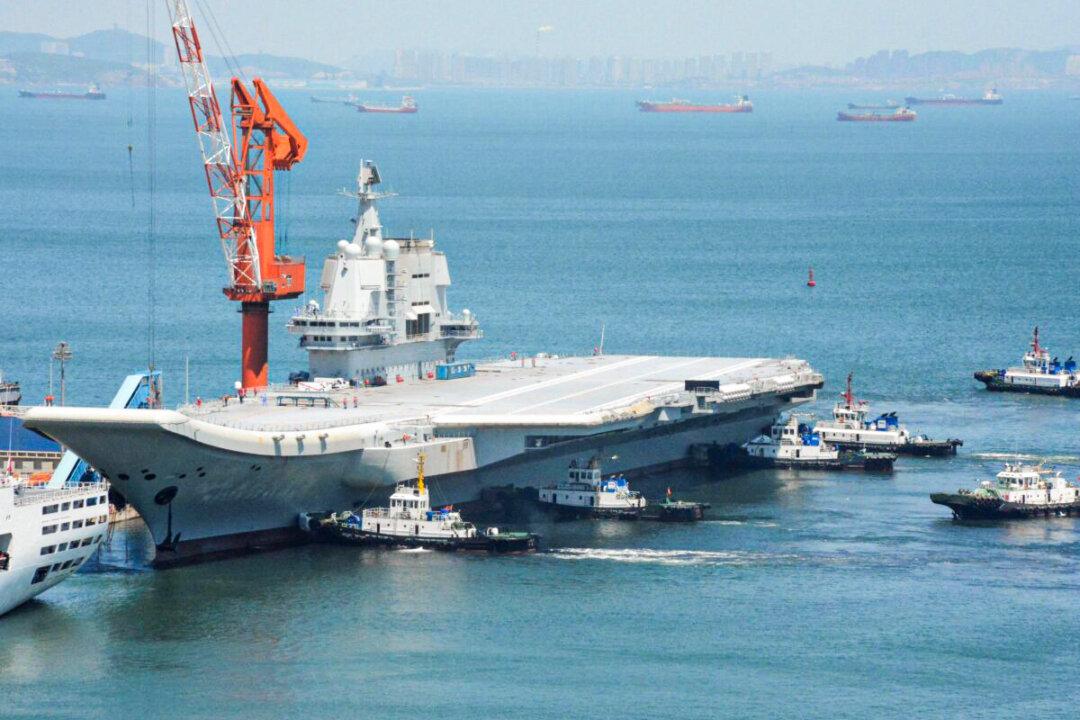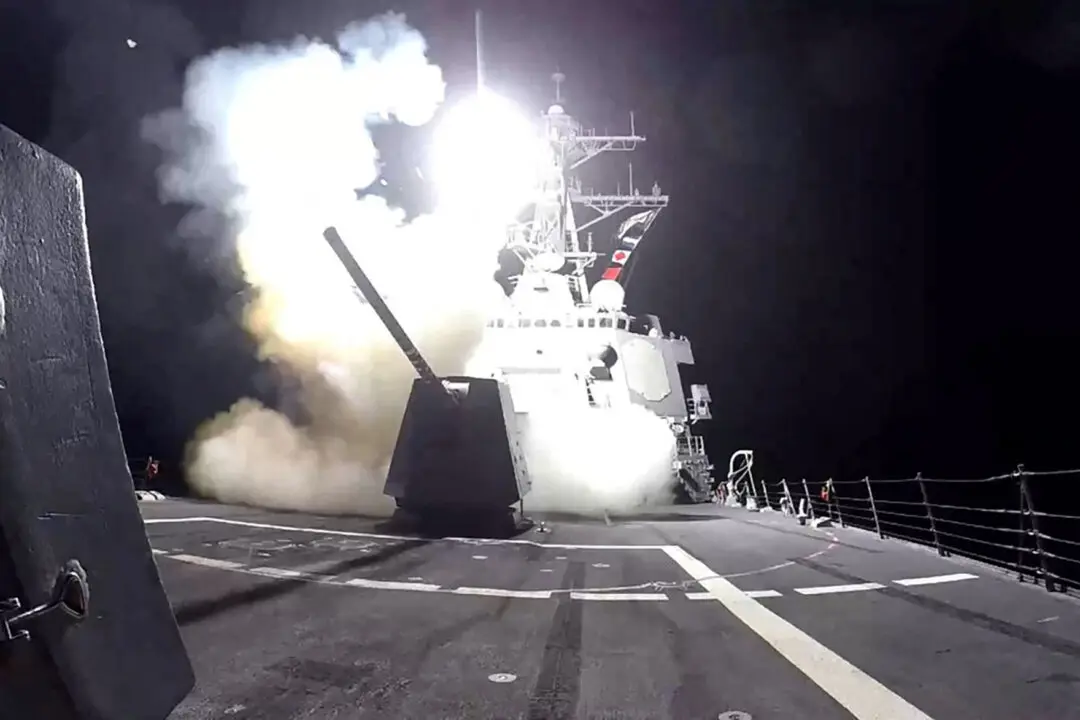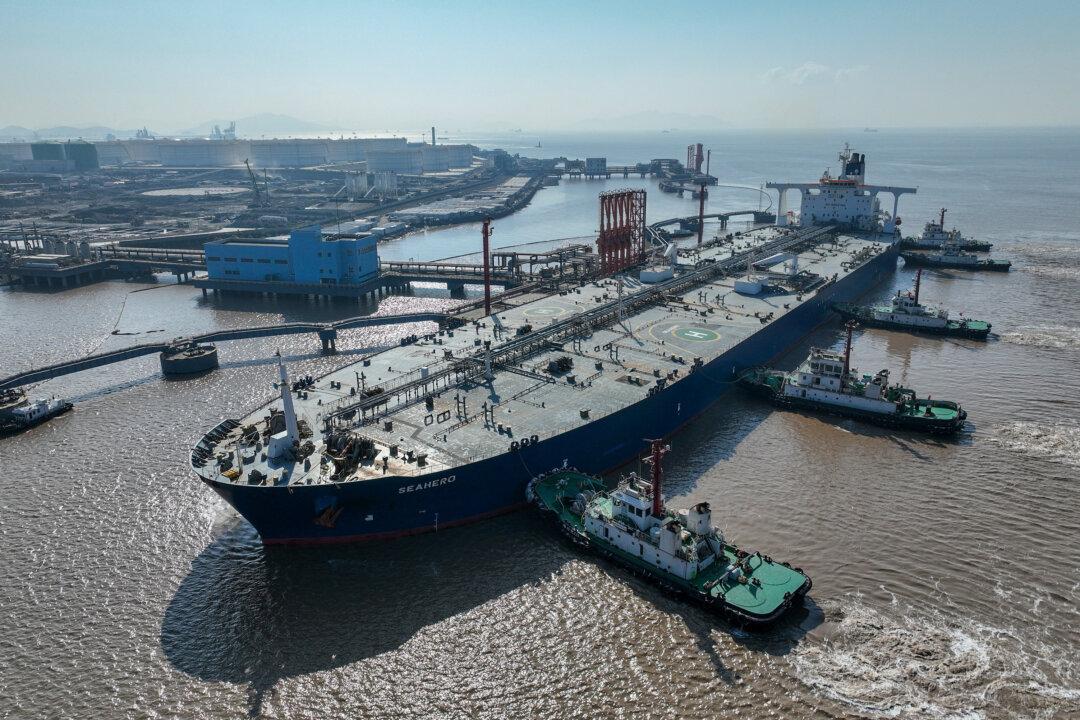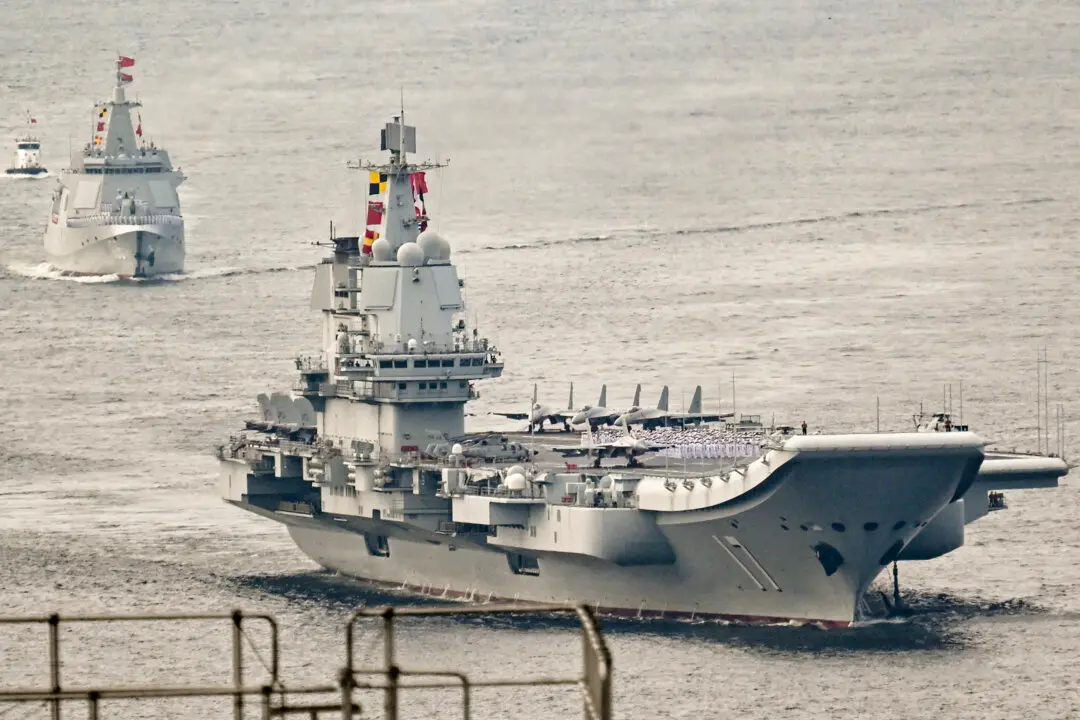China is set to launch a new aircraft carrier and destroyer in the coming months, continuing the rapid expansion of its naval forces. Experts believe that foreign investments in China could be fueling the construction of the ships.
China’s third aircraft carrier, the Type 003, will likely be ready for launch in three to six months, according to analysis of satellite images by the Washington-based think tank Center for Strategic and International Studies (CSIS).




